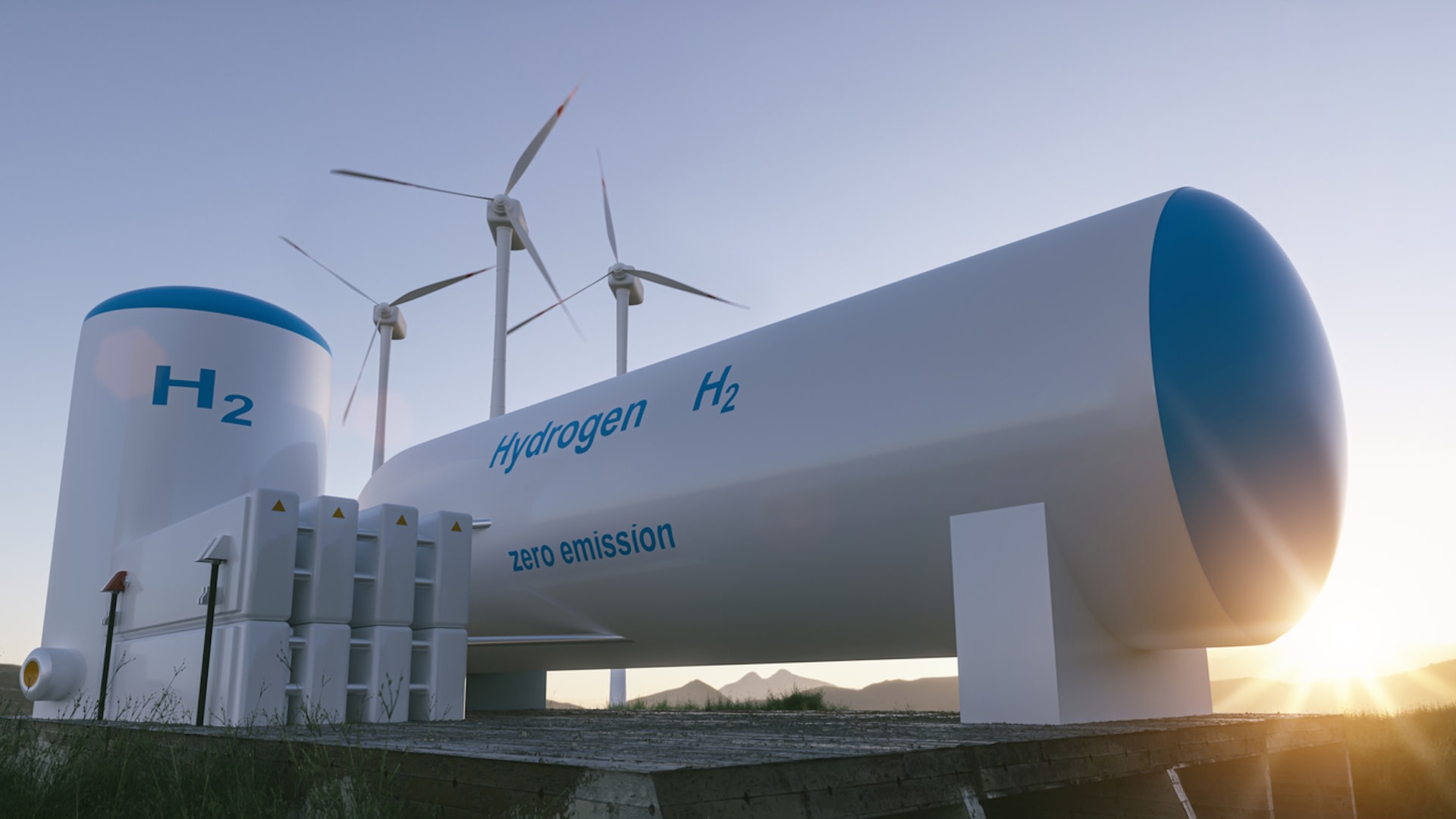Pioneering Greener Horizons with Advanced Alloys: The Future of Hydrogen-Powered Turbines
Key Ideas
- Texas A&M researchers are developing high-performing alloys for hydrogen-powered turbines to address the environmental impact of natural gas.
- The shift to hydrogen turbines requires more resistant materials to operate at higher temperatures and wet conditions, pushing for advanced turbine designs.
- The goal is to decarbonize energy by 2035 by transitioning from natural gas to hydrogen to reduce carbon emissions and improve efficiency.
- Creating green hydrogen supply is crucial for the success of hydrogen-powered turbines, aligning with net-zero emission goals by 2050.
Researchers at Texas A&M University are focusing on innovative technology, including high-performing alloys, to pave the way for efficient and eco-friendly hydrogen-powered turbines. The Advanced Research Projects Agency - Energy (ARPA-E) highlights the importance of transitioning from natural gas to hydrogen due to sustainability concerns. Turbines need to withstand high temperatures and wet environments when burning hydrogen, prompting the exploration of new materials like refractory high entropy alloys. Dr. Don Lipkin emphasizes the need for cleaner and more efficient gas turbines to meet the decarbonization target by 2035. Dr. Raymundo Arróyave discusses the challenges of developing materials that can operate in extreme conditions, crucial for the success of hydrogen turbines. The article underscores the significance of a robust green hydrogen supply for achieving net-zero emission goals by 2050. Overall, the sentiment towards hydrogen in the article is positive, highlighting its potential to revolutionize power generation and contribute to a greener future.
Topics
Homes
Technology
Innovation
Sustainability
Energy Efficiency
Research
Carbon Reduction
Power Generation
Materials Science
Latest News
